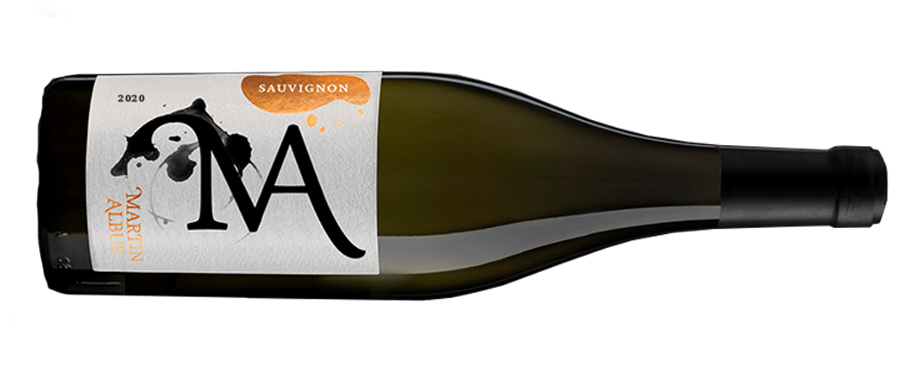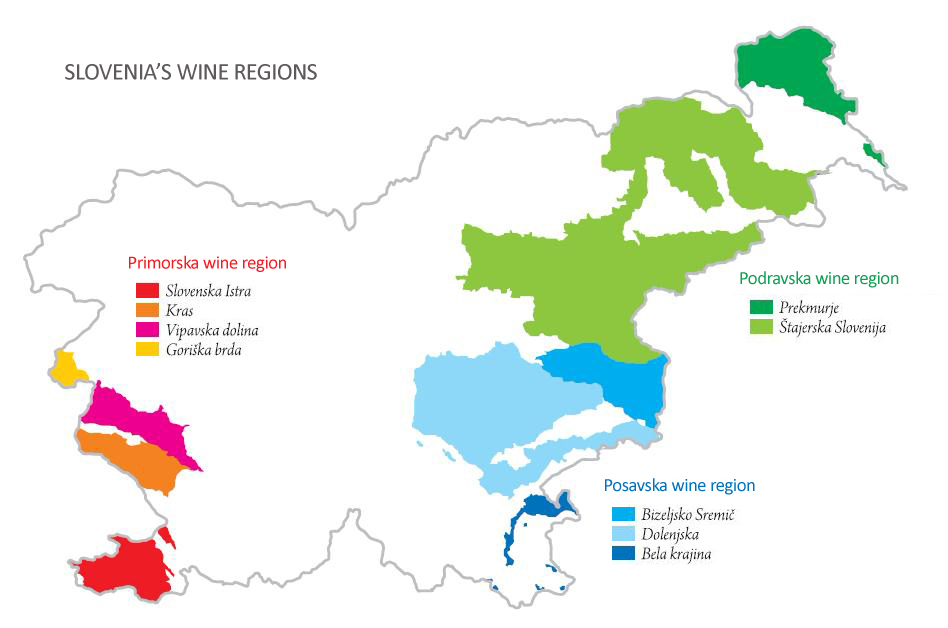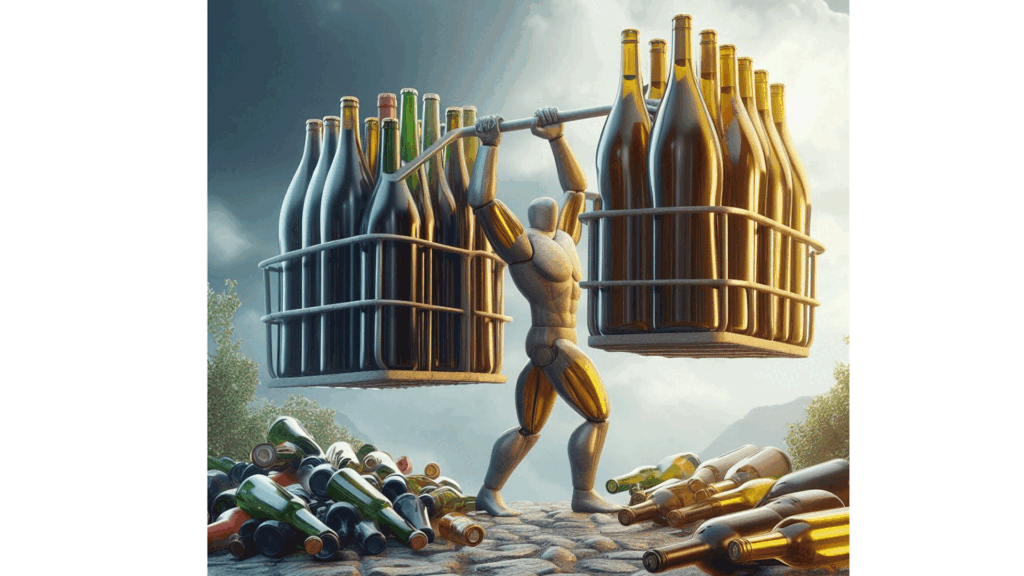The World Bulk Wine Exhibition (WBWE), held annually in Amsterdam, concluded its latest event on November 21st. This significant event, now in its 15th year, has become a cornerstone for the global wine industry, especially for those involved in the trade of bulk and unbranded wines. A small competition rating unbranded wines has generated additional traffic for selected SKUs, contributing to increased attention for standout producers.
The 2023 edition was particularly noteworthy, bringing together 250 wineries from 26 wine-producing countries and attracting around 6,000 visitors from 58 different nationalities. The event underscored its importance as a hub for networking, business development, and insight into the current state of the global wine market.
One of the standout features of the WBWE is its size and the diversity of its participants, which is a reflection of the vast bulk wine trade. According to the latest figures, the global bulk wine trade is responsible for 32.32 million hectoliters, amounting to about €2,443m. These numbers represent a substantial 32.4% of the total volume of wine traded worldwide, as of August 2023. This data firmly establishes the WBWE as the most significant event in the heart of the bulk wine business, providing a crucial platform for bulk wine producers and traders.
Great Producer Insights
This year’s exhibition highlighted several key trends and challenges in the wine industry. Despite facing smaller harvests globally, a surplus of wine persists in all wine-producing countries. This excess has compelled wineries to seek alternative strategies to distribute their unbranded quality wines. The WBWE offers these wineries a unique opportunity to explore new markets and business avenues.
A noteworthy aspect of the event was the insights shared by various producers. An Australian winery, for instance, spoke about adapting to the oversupply situation by shifting their focus more towards white wine production, which reflects the current market trend favoring lighter, white wines. This change is in line with the overall decrease in Australian wine production, which saw a 24% reduction in crushed grapes, leading to a 26% decrease in wine volume, producing 964 million liters of wine in 2022-2023. Despite these challenges, the Australian wine industry still managed to earn about 4.99 billion AUD (about €3bn), indicating a resilience in the face of adversity.
In contrast, the political changes in Argentina, with Milei taking the presidency, have instigated hope among producers for more favorable economic conditions. High pricing has been a significant challenge, leading to lost listings and complications in trading due to issues with VAT returns. The expectation is that the new political leadership will address these challenges, thereby enhancing the market viability for Argentine wines.

Shaping the Wine Sector
Some of the trends highlighted at the WBWE will likely play a critical role in shaping the future of the wine sector. These discussions, ranging from logistical challenges to sustainability practices in selling wine, widen the perspective of the attendees, offering insights into the various facets of the wine trade beyond mere buying and selling.
The World Bulk Wine Exhibition in Amsterdam stands out as a crucial event for anyone serious about the wine trade.
The event not only showcases high-quality wines but also provides an invaluable platform for understanding market trends, networking, and exploring new business opportunities. As the wine industry continues to navigate through various challenges and changes, the WBWE remains a key fixture in understanding and adapting to these dynamics. The insights and opportunities garnered from this event are indispensable for those looking to thrive in the ever-evolving world of wine.
Personally, I will attend the next edition and hope to see you there!
Thanks for Reading!
Glad you dropped by! If the insights here struck a chord, why not share them? And if you’re eager to talk more, I’m all ears – just reach out. Looking for someone to spark inspiration in your masterclass or brand event? Let’s talk and set up something amazing.
Disclaimer
This text was neither commissioned nor compensated. It reflects exclusively my own opinion.

ConVINOsation Podcast Brings EUROVINO Wine Fair to Life
In collaboration with Messe Karlsruhe, we are proud to launch ConVINOsation, a new podcast dedicated to tackling the wine industry’s most pressing topics. Hosted by

Live on Wein Verkauft!
I recently had the opportunity to join freelance consultant Diego Weber from Germany on his podcast, On German!. Over the course of the two-hour episode,

Live on the Morning Show
In July 2024, I had the exciting opportunity to appear on New York’s WTBQ Frank Truatt’s Morning Show, the #1 drive time morning show, with
Challenging Year for French Wines & Spirits Exports 2023
In the year 2023, the French wine and spirits sector navigated through challenging waters to post exports worth €16.2 billion. Despite representing a 5.9% decline from the previous year, this figure stands as the second-highest in the industry’s export history. The volume of exports also saw a considerable reduction, falling by 10.4%. However, the sector managed to maintain its status as the leading contributor to France’s agri-food surplus and the third largest in the nation’s overall trade balance, with a trade surplus of €14.8 billion, down by 5.8%.

DWI Announces Winner of the Sommelier Cup 2024
The DWI Sommelier-Cup 2024, hosted by the German Wine Institute (DWI), concluded on January 22, 2024, with Katharina Iglesias from wineBank in Hamburg claiming the title. The event, held at the Atrium Hotel in Mainz, witnessed participation from 28 professionals across various sectors of the wine industry. While the competition’s popularity remains undeniable, a critical examination of its structure and outcomes reveals aspects worth contemplating.

German Wine Consumption Plummets in 2023
The German wine consumption and buying behaviour is changing. (Photo: DallE)











































